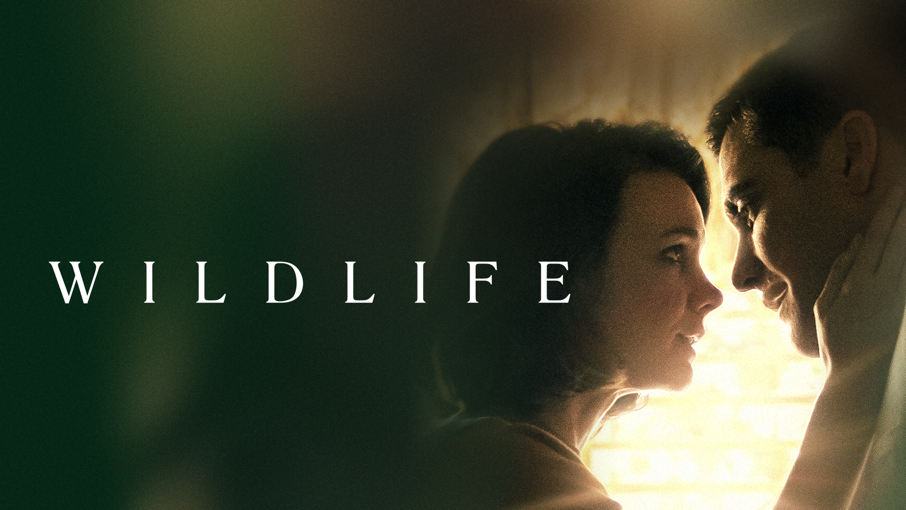
“Wildlife,” a 2018 American drama film that not only captivated audiences but also brought a beloved novel to life on the big screen. Directed by Paul Dano, who also co-produced the film, “Wildlife” seamlessly transitioned from page to celluloid, capturing the essence of Richard Ford’s 1990 novel. Join us as we explore the journey of this extraordinary wildlife book to film adaptation and discover the magic it holds.
The Inspiration: Richard Ford’s Masterpiece
A literary gem
Richard Ford’s “Wildlife” novel stands as a testament to his impeccable storytelling abilities. Set in 1960, Montana, the book beautifully delves into the complexities of family dynamics and explores the resilience of the human spirit in the face of adversity. Ford’s vivid descriptions and deeply flawed characters transport readers into a world where emotions run wild, making it a perfect choice for adaptation into a captivating film.
Paul Dano’s Directorial Debut
A promising talent behind the camera
Paul Dano, known for his compelling performances on screen, stepped into the director’s shoes for the first time with “Wildlife.” Demonstrating a deft touch and a nuanced understanding of Ford’s source material, Dano’s directorial debut proved to be a remarkable achievement. His deep connection to the novel shines through in every frame, ensuring a faithful and powerful portrayal of the story’s essence.
Zoe Kazan: A Collaborative Force
The power of partnership
Zoe Kazan, Dano’s real-life partner, co-wrote the screenplay for “Wildlife” alongside him. Their shared vision and creative synergy elevated the adaptation, infusing it with an authenticity that resonated with audiences. Kazan’s contribution to the script showcases her remarkable talent and deep understanding of the characters, further enriching the film’s narrative and emotional depth.
Bringing Pages to Life: The Filming Process
Immersive cinematography and meticulous detailing
“Wildlife” successfully captures the breathtaking landscapes of Montana, thanks to the masterful cinematography by Diego García. With each frame, García expertly brings the wilderness to life, mirroring the untamed spirit of the story. Additionally, the film’s meticulous attention to period detail seamlessly transports viewers back to the 1960s, immersing them in the world Ford created.
Evolution of Characters: Outstanding Performances
Stellar portrayals that leave an indelible mark
While the book relies on imagination, the film adaptation of “Wildlife” adds another layer of depth through outstanding performances from its actors. Carey Mulligan, who takes on the role of Jeanette Brinson, delivers a tour de force performance, effortlessly conveying the complexities of her character’s emotions. Jake Gyllenhaal’s portrayal of Jerry Brinson impresses with its subtlety and depth, leaving a lasting impact on viewers.
The Resounding Impact
A film that resonates
“Wildlife” appeals to audiences on a deep emotional level, drawing them into the intimate struggles of the Brinson family. The film’s exploration of universal themes, such as the search for identity and the fragility of family bonds, strikes a chord with viewers from all walks of life. Its power lies in its ability to elicit empathy and provoke introspection, making it an unforgettable cinematic experience.
From its humble beginnings as a beloved novel to its transformation into a compelling feature film, “Wildlife” proves that the synergy between literature and cinema can produce magnificent results. Through the skilled direction of Paul Dano, the collaborative brilliance of Zoe Kazan, and the outstanding performances of its cast, this wildlife book to film adaptation transcends the boundaries of its source material. As the credits roll, one is left with a renewed appreciation for the power of storytelling and the magic it holds when expertly translated onto the silver screen.